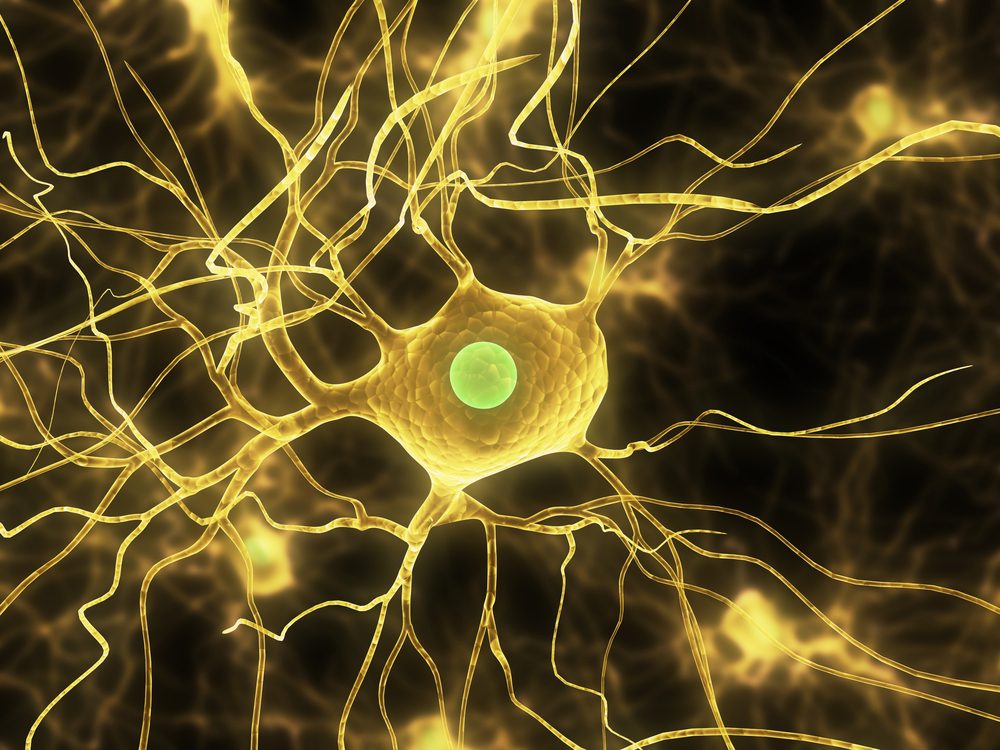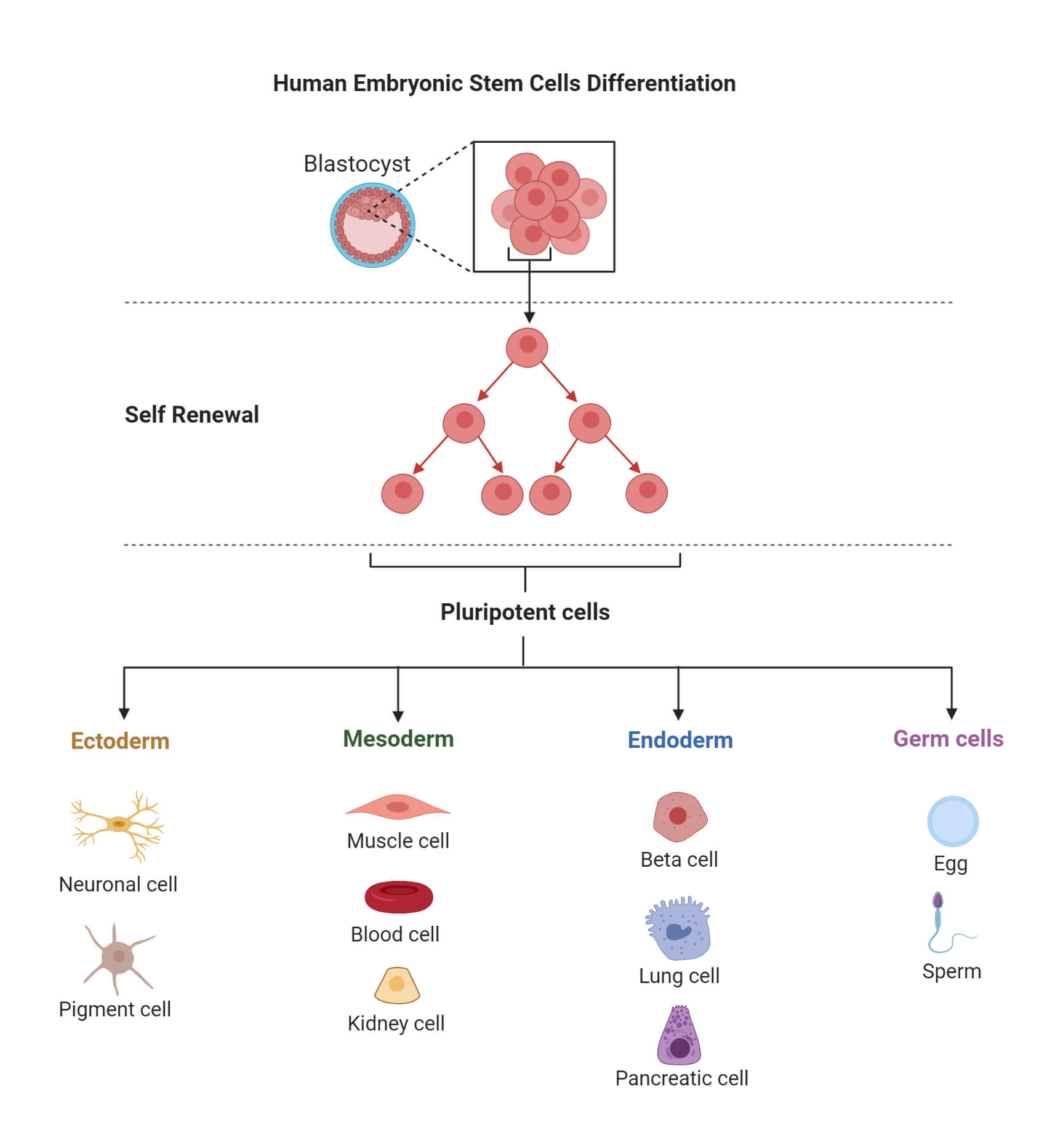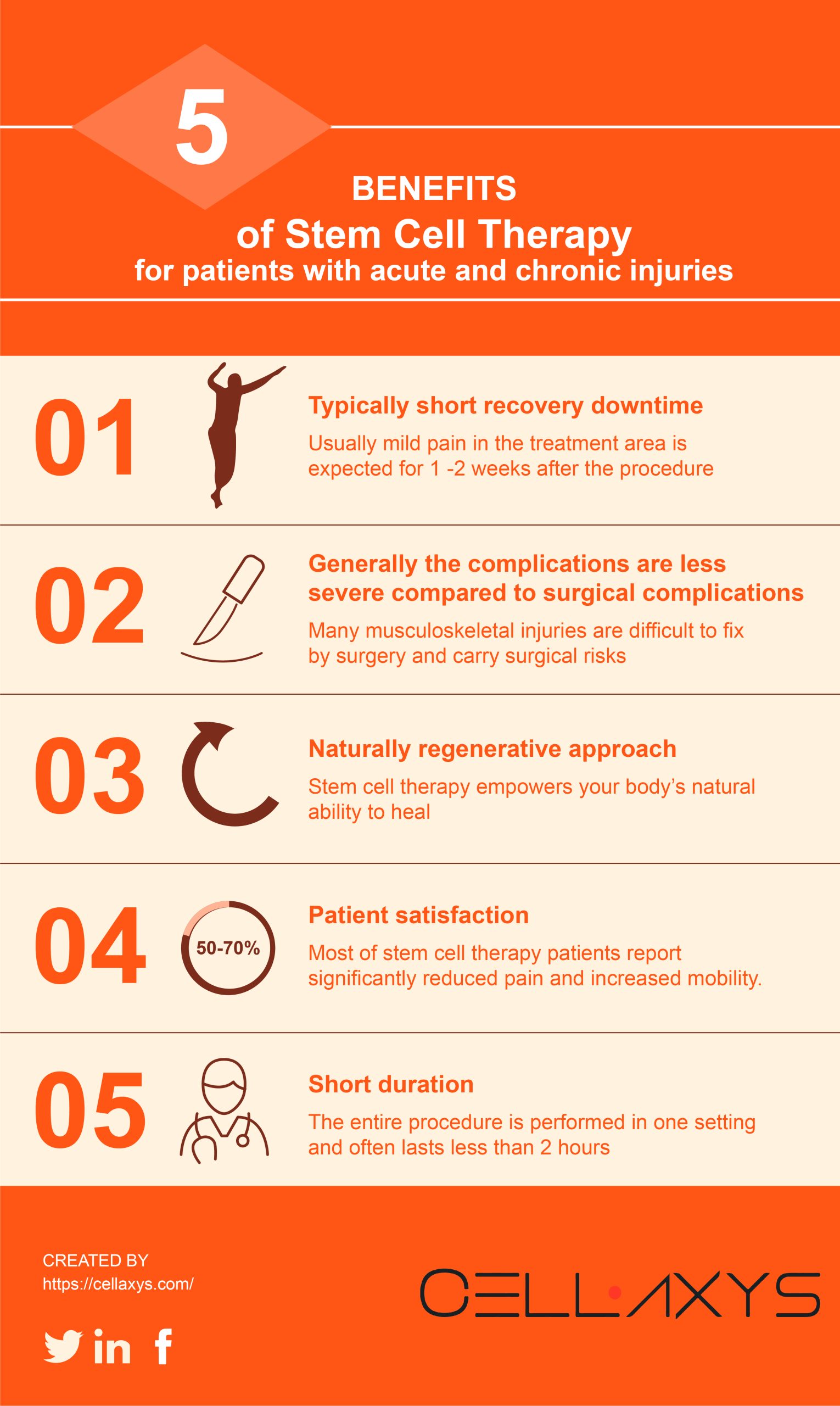Table of Contents

[/image][=video]
[/video]
The majority of sites used for bone marrow harvesting are located in the hip bones and the breast bone. In recovery, the benefactor might experience some discomfort in the locations where the needle was placed.

If an autologous transplant is prepared, formerly gathered stem cells, from either peripheral (apheresis) or harvest, are counted, screened, and ready to infuse. The preparations for a bone marrow transplant differ depending upon the kind of transplant, the condition needing transplant, and your resistance for particular medications. Think about the following: Many usually, high dosages of radiation treatment and/or radiation are included in the preparations.
This treatment is usually called ablative, or myeloablative, as a result of the impact on the bone marrow. The bone marrow generates the majority of the blood cells in our body. Ablative therapy stops this process of cell production and the marrow comes to be vacant. A vacant marrow is needed to make area for the brand-new stem cells to expand and develop a brand-new blood cell manufacturing system.
It is not an operation to place the marrow into the bone, yet resembles receiving a blood transfusion. The stem cells find their way right into the bone marrow and begin duplicating and growing brand-new, healthy blood cells. After the transplant, supportive care is provided to protect against and deal with infections, side results of therapies, and issues.
Stem Cell Therapy around Warren, Michigan
The days before transplant are counted as minus days. The day of transplant is thought about day no. Engraftment and healing following the transplant are counted as plus days.
The days are numbered to aid the patient and household recognize where they are in regards to risks and discharge planning. During infusion of bone marrow, the individual may experience the following: Pain Chills High Temperature Hives Chest discomfort After mixture, the client might: Spend several weeks in the healthcare facility Be very susceptible to infection Experience extreme blood loss Required blood transfusions Be confined to a tidy atmosphere Take several prescription antibiotics and various other medications Be given medicine to protect against graft-versus-host diseaseif the transplant was allogeneic.
Platelets are normally the last blood cell to recuperate. Engraftment can be delayed since of infection, medications, reduced contributed stem cell matter, or graft failing.
Anti-biotics, antifungal medications, and antiviral medications are usually provided to attempt to prevent significant infection in the immunosuppressed client. Thrombocytopenia (low platelets) and anemia (reduced red blood cells), as a result of a nonfunctioning bone marrow, can be hazardous and also deadly.
Pain pertaining to mouth sores and stomach (GI) inflammation prevails. High dosages of radiation treatment and radiation can trigger serious mucositis (swelling of the mouth and GI system). Fluid overload is a difficulty that can cause pneumonia, liver damages, and high blood stress. The primary reason for liquid overload is due to the fact that the kidneys can not stay on top of the large amount of fluid being given up the form of intravenous (IV) medicines, nourishment, and blood items.
Menopause Therapy
Breathing standing is a vital function that might be jeopardized throughout transplant. Infection, inflammation of the air passage, fluid overload, graft-versus-host condition, and bleeding are all potential serious difficulties that might take place in the lungs and pulmonary system. The liver and heart are necessary body organs that may be harmed during the transplantation process.
Failure of the graft (transplant) taking hold in the marrow is a potential issue. Graft failure may happen as an outcome of infection, persistent illness, or if the stem cell count of the given away marrow wanted to create engraftment. Graft-versus-host illness (GVHD) can be a serious and deadly issue of a bone marrow transplant.
In contrast to an organ transplant where the person's body immune system will try to reject only the transplanted organ, in GVHD the brand-new or transplanted body immune system can strike the entire patient and all of his or her body organs. This is since the brand-new cells do not recognize the tissues and body organs of the recipient's body as self.

The most common sites for GVHD are GI system, liver, skin, and lungs. Prognosis significantly depends upon the following: Sort of transplant Kind and level of the condition being treated Illness action to therapy Genetics Your age and total health and wellness Your resistance of specific medications, treatments, or therapies Intensity of difficulties As with any type of treatment, in bone marrow transplant the diagnosis and long-term survival can differ greatly from one person to another.
Stem Cell Therapy
Constant follow-up care is vital for the patient complying with a bone marrow transplant. New approaches to enhance treatment and to decrease issues and side effects of a bone marrow transplant are continuously being discovered.
Accessed June 5, 2017. The hope is to recover damaged cells that will not effectively recover on its very own. Regenerative medication treatments can be divided into three categories: promote healing by infusing or positioning real-time cells right into the individual. Examples of cellular therapy include PRP and stem cell therapies, which can be used to deal with tendinopathy and various other sporting activities injuries.
Phys Medication Rehabil Clin N Am. 2014; 25( 4 ):881 -95. As time passes, individual medical professionals learn and share info, improving the application of these treatments. See Are PRP Shots Effective?Until more is understood, regenerative medicine treatments are not thought about common practice and insurance strategies generally do not cover them. Many people are prepared to pay out-of-pocket. is progressing promptly with developmentsin stem cells, genetics therapy, and tissue design. This article looks into these cutting-edge approaches, highlighting their transformative possibility for cells and organ fixing. are poised to revolutionize clinical therapies and boost patient end results. Cell regrowth, the process of restoring shed cells to recoup typical function, differs throughout various cells and organs. In Drosophila larval wing discs, cells resistant to apoptosis help cells regrowth. Mouse digit suggestion regeneration is mediated by the blastema, containing various progenitor cells, as highlighted in this research.: The diversity of cells within a tissue can influence regeneration. Peripheral nerves, for example, consist of Schwann cells, nerve fibroblasts, and immune cells, each contributing in nerve regeneration, as talked about here. These aspects engage dynamically, making cell regrowth an intricate procedure that varies based upon the details tissue or organ. Cell regrowth plays a crucial function in maintaining the body's overall wellnessand well-being. It is accountable for fixing and changing damaged or aging cells, ensuring the appropriate performance of body organs and tissues. Effective cell regeneration therapy can dramatically affect the treatment of various clinical conditions, consisting of degenerative illness, injuries, and also the aging process. Several considerable turning points have actually noted the progress of cell regrowth research. In the late 18th century , Italian biologist Lazzaro Spallanzani carried out pioneering experiments on the regrowth of amphibian arm or legs, providing proof for the regenerative capacity of certain microorganisms. In the 20th century, the discovery of stem cells by Canadian scientists Ernest McCulloch and James Till reinvented the area. Harold E. Varmus, who played a crucial function in illuminating the genetic basis of cancer cells, and Dr. Michael S. Brown and Dr. Joseph L. Goldstein, who discovered the function of low-density lipoprotein (LDL) receptors in cholesterol metabolism. Stem cell therapy is just one of one of the most thoroughly investigated and appealing branches of cell regeneration therapy. This irritant triggers a localized swelling response, which prompts the release of growth factors and the recruitment of regenerative cells. With time, the regenerative cells facilitate the fixing and regeneration of injured cells, supplying relief to people dealing with persistent musculoskeletal pain or joint instability. Cartilage material regrowth treatment focuses on bring back harmed or degenerated cartilage, which plays a vital role in joint feature and wheelchair. Some cells, such as epithelial cells in the skin or the lining of the gastrointestinal system, have a high turnover rate and can restore rapidly. In comparison, cells in the main nerves, such as nerve cells, have limited regenerative capacity. This disparity is generally as a result of the complexity of the tissue, the presence of inhibitory elements, and the cellular setting. Cell regeneration treatment offers encouraging options for increasing wound recovery and treating various injuries.
Navigation
Latest Posts
Hormone Therapy
Menopause Therapy
Menopause Therapy in Warren